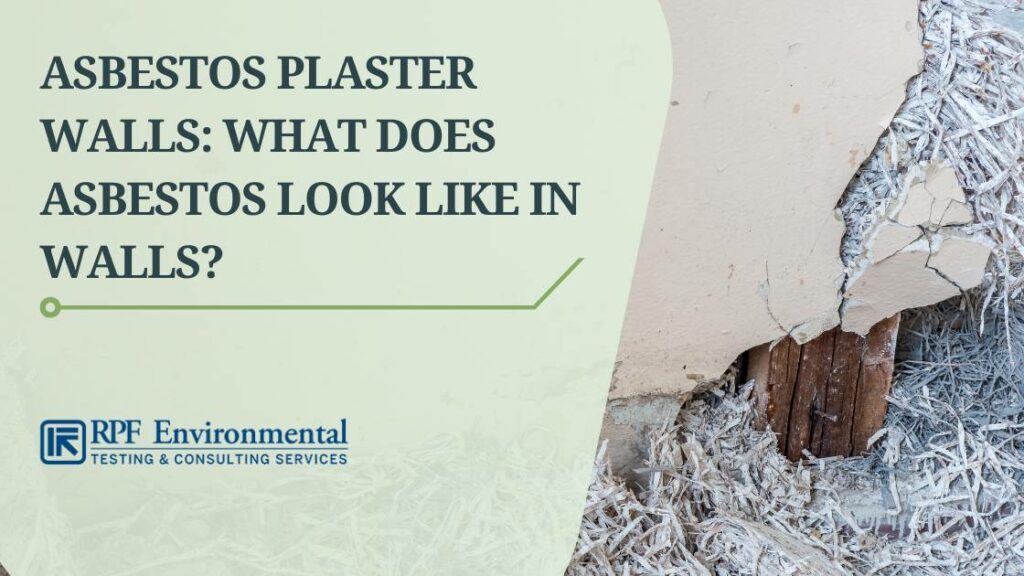Asbestos has long been a concern in the construction industry due to its harmful effects on human health. But is there asbestos in plaster and lath walls? This question has been a topic of debate among homeowners, contractors, and environmental experts. In this article, we will delve into the presence of asbestos in plaster and lath walls, its potential risks, and how to address any concerns related to this issue.
Plaster and lath walls were commonly used in older homes as a traditional method of wall construction. The plaster is a mixture of materials like sand, water, and gypsum, while the lath is a series of narrow strips of wood. These walls were known for their durability and insulating properties. However, many of these older homes may also contain asbestos, a mineral fiber that was once widely used in construction materials for its fire-resistant and insulating properties.
So, how can you determine if there is asbestos in plaster and lath walls? The only way to confirm the presence of asbestos is through testing. If your home was built before the 1980s, there is a higher likelihood of asbestos-containing materials, including in plaster and lath walls. It is essential to hire a certified asbestos inspector to collect samples and conduct testing to assess the risk accurately.
Read also:Trinidy Reel Nudes
Understanding the Risks of Asbestos in Plaster and Lath Walls
What are the potential health risks associated with asbestos exposure?
Exposure to asbestos fibers can lead to serious health issues, including lung cancer, mesothelioma, and asbestosis. When asbestos-containing materials are disturbed, such as during renovations or demolition, the fibers can become airborne and pose a risk to anyone in the vicinity. Therefore, it is crucial to handle any suspected asbestos-containing materials with caution and seek professional assistance for proper removal.
How can you safely manage asbestos in plaster and lath walls?
If asbestos is present in your plaster and lath walls but is in good condition and not likely to be disturbed, experts may recommend leaving it undisturbed and monitoring its condition regularly. However, if the materials are damaged or deteriorating, it is essential to seek the help of licensed asbestos abatement professionals to safely remove and dispose of the asbestos-containing materials.
Addressing Concerns about Asbestos in Plaster and Lath Walls
What steps should you take if you suspect asbestos in your walls?
If you suspect that your plaster and lath walls contain asbestos, do not attempt to remove or disturb the materials yourself. Contact a qualified asbestos professional to conduct an inspection and testing. They can provide guidance on the best course of action to address any concerns and ensure the safety of your home and family.
Is it possible to encapsulate asbestos in plaster and lath walls?
Encapsulation is a method used to seal or cover asbestos-containing materials to prevent the release of fibers into the air. While encapsulation may be an option for some situations, it is essential to consult with asbestos experts to determine if this method is suitable for your plaster and lath walls. Proper encapsulation requires careful planning and implementation to be effective.


